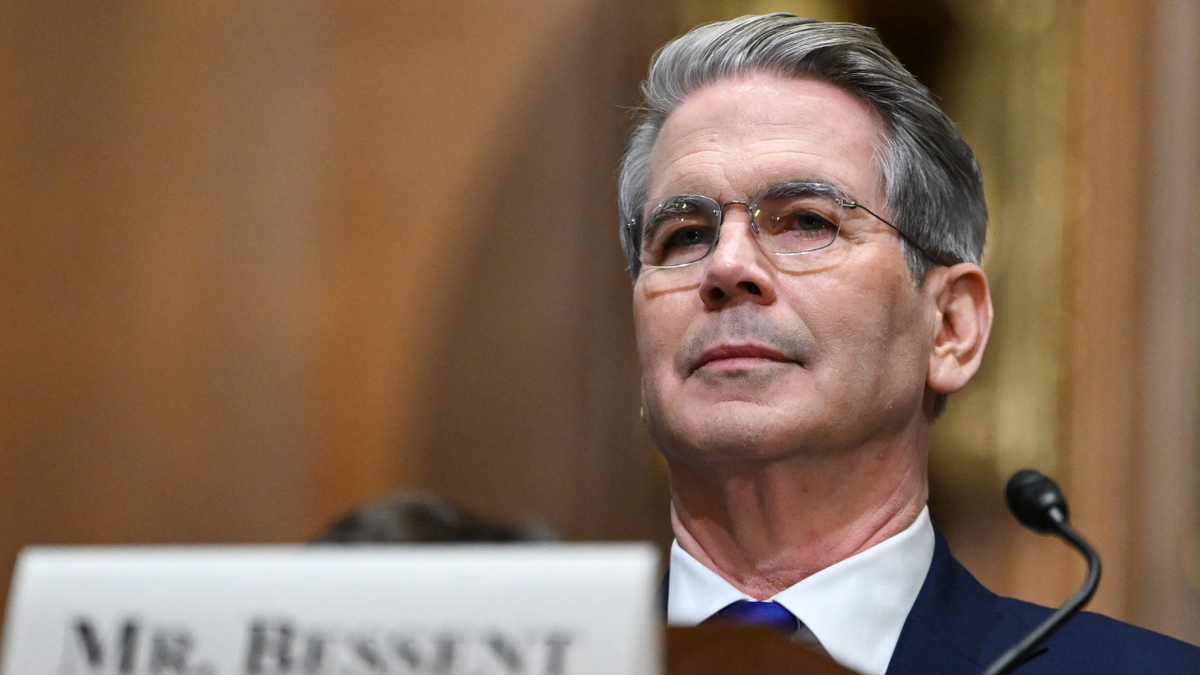Copper prices stand at $5.2275 per pound in early morning trading on March 27, 2025, down 0.29% from the previous close of $5.243. The metal continues to trade near record levels after yesterday’s volatile session, with current prices representing a year-to-date gain of approximately 31%.
The copper market experienced significant fluctuations over the past 24 hours. After reaching an unprecedented high of $5.3740 per pound ($11,840 per tonne) during Wednesday’s trading session on COMEX, prices moderated overnight as traders took profits and assessed the rapidly evolving market dynamics.
The London Metal Exchange (LME) three-month copper contract settled at $9,944 per tonne during yesterday’s session, dropping 1.7% from the previous day.
Meanwhile, the Shanghai Futures Exchange saw continued strength with the April copper contract closing at 81,900 yuan ($11,277.88) per tonne on Tuesday, moving into backwardation – a signal of near-term supply tightness.
Market Drivers
US Tariff Anticipation Fuels Buying
The primary catalyst for copper’s recent surge remains the potential implementation of U.S. tariffs. President Trump has indicated intentions to impose tariffs of up to 25% on copper imports while advocating for increased domestic production.
 Copper Consolidates Near Record Highs as Tariff Concerns Drive Market Volatility – March 27, 2025. (Photo Internet reproduction)
Copper Consolidates Near Record Highs as Tariff Concerns Drive Market Volatility – March 27, 2025. (Photo Internet reproduction)Bloomberg reported Wednesday that these tariffs could be implemented sooner than previously expected, accelerating the market’s reaction.
“With possibility of tariff implementation, we now expect U.S. stocks to decline 30 kt/month mid-to-late Q2 onwards,” Goldman Sachs analysts noted in their recent report.
Chinese Demand Remains Robust
China’s economic stimulus measures continue supporting copper prices, with manufacturing activity showing signs of improvement. The market backwardation on the Shanghai exchange, though described as “minimal” by traders, indicates persistent strong demand in the world’s largest copper consuming nation.
“A part of the copper story is China’s stimulus and recovery, the other part is tariffs. We could be seeing a boost in demand at a time when higher prices could restrict the supply side. The weaker dollar naturally helps a bit as well,” explained Kyle Rodda, senior market analyst at Capital.com.
Supply Deficit Concerns Deepen
Market analysts project a global copper supply deficit of approximately 320,000 tonnes in 2025 as demand continues to outpace production capabilities. This structural imbalance is exacerbated by declining ore grades at existing mines and limited new project development.
Expert Projections
Goldman Sachs maintained its copper price forecasts yesterday, projecting LME copper prices at $9,600, $10,000, and $10,700 per metric ton for three, six, and twelve-month horizons respectively. Their analysis suggests the U.S. tariffs will effectively prevent a domestic supply glut that might have developed in the third quarter.
More bullish projections emerged from the Financial Times commodities summit in Switzerland, where major traders predicted copper could reach at least $12,000 per tonne this year.
“The copper market is already experiencing tightness,” noted Kostas Bintas, global head of metals and minerals at Mercuria, referring to the substantial copper imports flowing into the United States ahead of potential tariffs.
Technical Analysis
From a technical perspective, copper futures are showing signs of consolidation after the rapid ascent. The RSI (Relative Strength Index) moved into overbought territory at 72.47 in recent sessions, suggesting the possibility of a short-term correction. The next significant Fibonacci Extension target sits at 161.80% or approximately $5.1565.
Trading Volumes
Trading volumes remain significantly elevated, with 7,824 contracts changing hands compared to the average volume of 1,015 contracts, indicating heightened market interest and participation. This surge in activity reflects both speculation on future price movements and genuine hedging activity from industrial consumers.
Outlook
The copper market appears poised for continued volatility as supply-demand fundamentals collide with policy uncertainty. The premium between COMEX and LME prices is expected to persist as U.S. import patterns shift in anticipation of tariffs.
Long-term structural factors supporting higher copper prices remain intact, including the accelerating energy transition and grid modernization requirements. Electric vehicles require 2-4 times more copper than traditional vehicles, while renewable energy installations and grid updates demand substantial quantities of the metal.
As the trading day unfolds, market participants will closely monitor developments regarding U.S. trade policy and physical delivery premiums for signs of further market tightness.
The copper market opens Thursday’s session at a pivotal juncture, balancing between record price levels and growing concerns about sustainable industrial demand at these elevated prices.

 By The Rio Times | Created at 2025-03-27 08:31:49 | Updated at 2025-04-06 05:40:18
1 week ago
By The Rio Times | Created at 2025-03-27 08:31:49 | Updated at 2025-04-06 05:40:18
1 week ago








